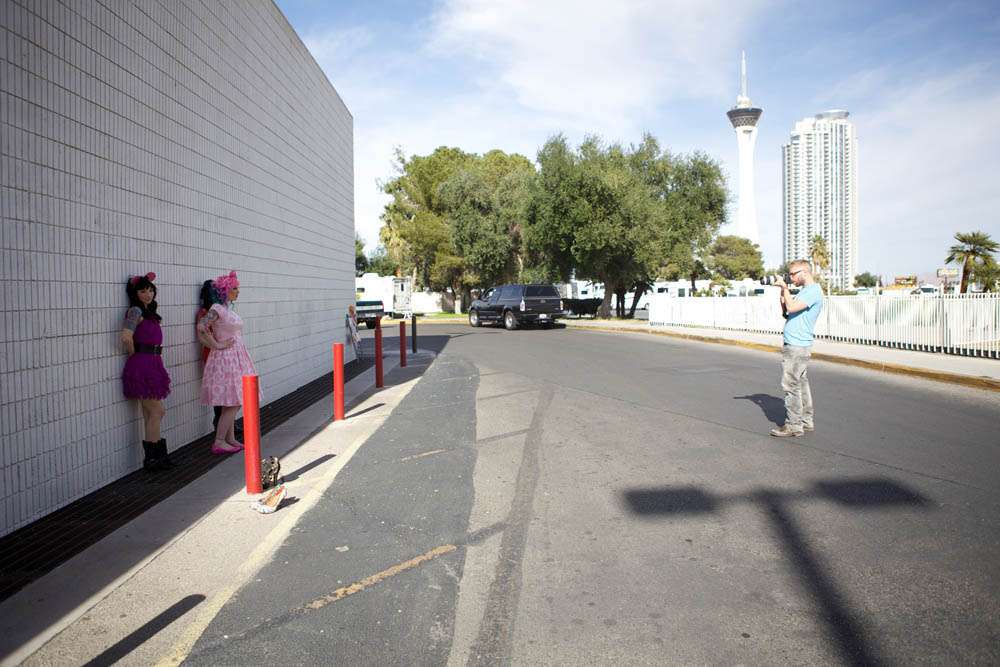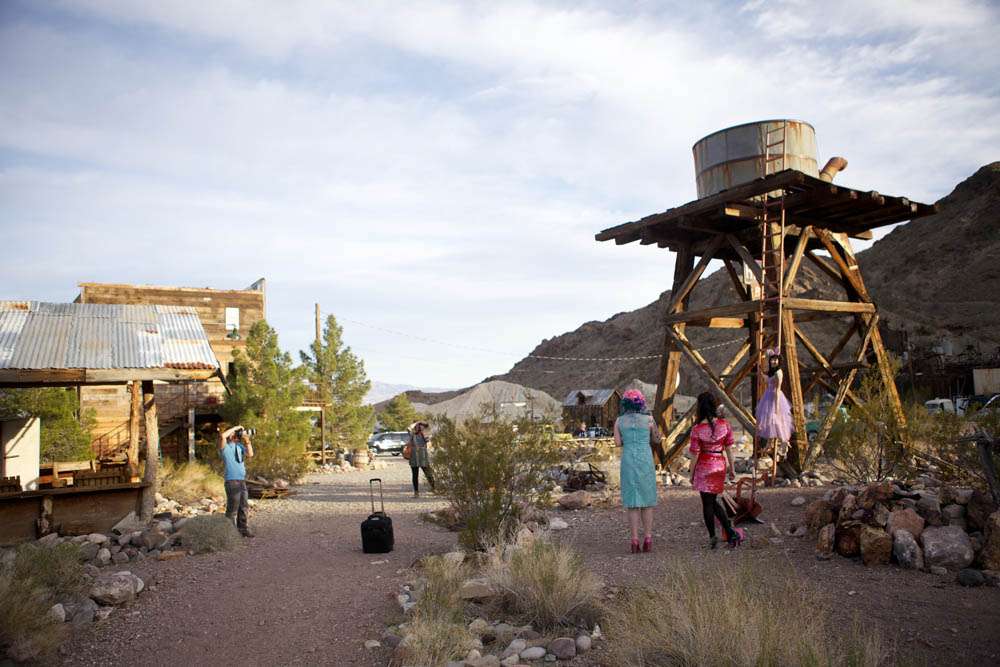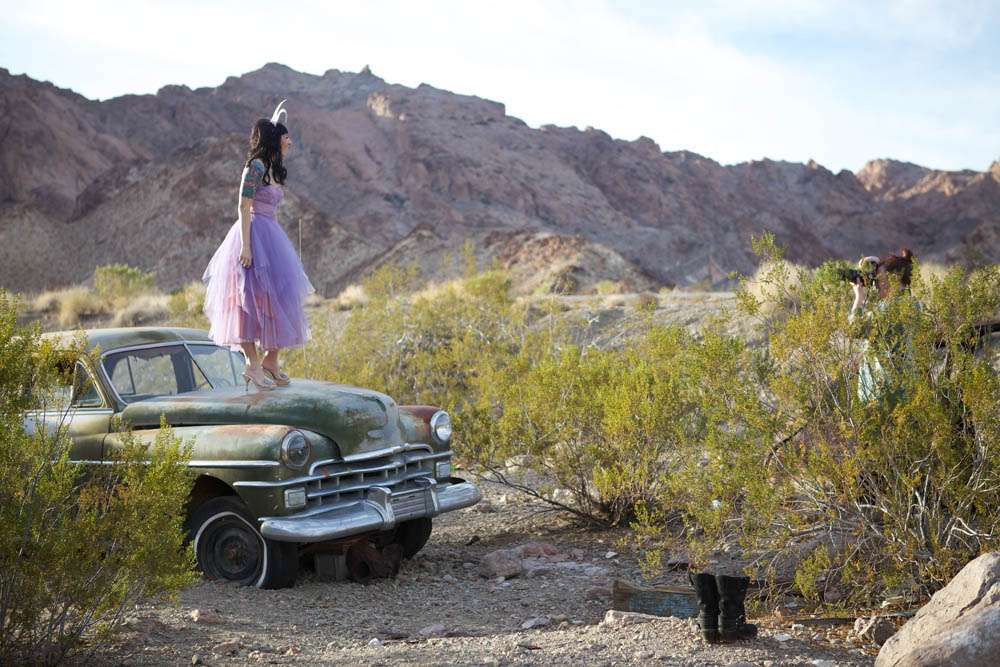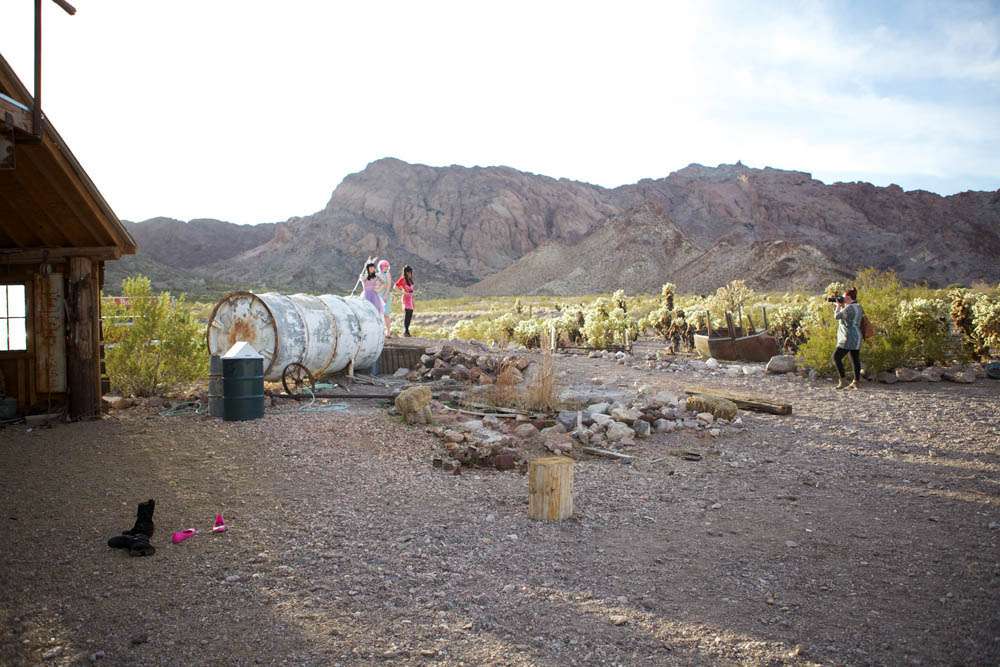I was asked recently by a new blogger how I went about making my industry connections and friends. Like, how did I approach people and ask if they’d like to work together or collaborate on various projects and shoots without coming across as a bit of a weirdo? So I’m telling you what I told her…
If it would be weird in real life…
…it’s weird on the internet!
This is a general rule of thumb that I always employ when I’m chatting to people online. It doesn’t matter if I’m talking to someone because I just want to chat or if I want something from them. I think it’s vital to be yourself, to be honest and to be genuinely interested in other people. Taking the time to get to know people, with no ulterior motive, will stand you in good stead when it comes to taking that relationship to the next level and working together. You should never make your first communication with someone one where you’re asking them for something. Rather, be interested in who they are as a business person and a real life person first. In other words, establish a relationship before you start asking them for favours!
When I first started emailing or tweeting people I admired, I would go about it as I might in real life. Basically I’d make myself as useful as possible. Sometimes it can appear, with Twitter particularly, that everyone is best friends and you’re sat on the sidelines, so how on earth do you strike up a conversation without coming across as strange? Answer – be helpful.
If a photographer tweeted that they were struggling to find the perfect ballet flats to wear at weddings I would send her a link to some I’d bought recently and loved. If another wedding blogger tweeted that they needed a shot of a couple by a lake for a feature, I’d reply with some links to images that I think would work. If a bride tweeted that she couldn’t find the perfect 50s inspired dress in a size 16 I’d send her some ideas that I’d come across. Of course doing these things in isolation will never magically turn you into someone’s BFF for life, but if you can subtly insert yourself into their life (I tried to think of a less-creepy sounding way to say that but I can’t think of one!) then if the time comes that you’re looking for people to collaborate with, they’ll already be aware of who you are, making them more likely to say yes.
Find like-minded comrades
The most vital thing when pulling a team together is to make sure everyone will get something out of the project. The best way to do this is to work with people who are at a similar level in their career as you. For example I would never email Mario Testino and ask if he wanted to work with me. You can only imagine what he’d think! So similarly don’t ask someone that is way more established than you if they’d like to work with you from the off. Chances are they’ll turn you down. Why? Well in a nutshell, you’ve got much more the gain from the connection than them so why would they want to work with you? It sounds a little harsh but this is business at the end of the day, time is money and all that!
If you can work alongside people that are all in a similar situation – ie you’re all just starting out and wanting to build your portfolio – then the collobration will benefit everyone. You can progress and learn together. It’s vital that everyone pulls their weight and that everyone who puts work into a project will get a similar reward afterwards.
Also you need to make sure everyone involved is on the same wavelength and has similar ideas of where they see the project going. Using the example of a styled shoot, if you wanted to do something really out-there and crazy alternative, you probably shouldn’t approach a supplier who wants to tap into the traditional market.
Have specific goals
I’m a big fan of goals and having something to aim for. Set yourself specific goals for the project. Ask yourself the following questions and make sure everyone is in agreement beforehand.
♥ Why are we doing this?
♥ What do we want to get out of the project?
♥ What would the very best outcome be?
Especially if you plan to get the results featured somewere, either on a blog or in a magazine, laying out these things beforehand will give you a head start. Knowing which place you’d ideally like to get featured will enable you to tailor the project to suit the requirements of that specific media outlet.
Have defined roles
To avoid any confusion or friction down the line make sure you all have defined roles from the outset. Who is responsible for what? Be open and transparent and try to preempt any confusion as early as possible. This way you’ll be more productive when it comes to getting things done.
…And don’t forget about the boring bits
Have someone take the role of organiser – someone who can keep up with what everyone’s doing and oversee the whole thing. Don’t forget about the the boring bits, they are often the most important!
♥ Who is going to keep on top of the emails and correspondence?
♥ Who is going to be in charge of admin – creating spreadsheets or contracts?
♥ Who can be responsible for the project timeline and make sure everyone sticks to it?
♥ Who is responsible for submitting the work to blogs or magazines?
These roles are not as exciting as some others, but they make sure the whole project runs smoothly. Having all these things in place should mean that everything that needs to get done does and that everyone involved is abreast of what’s going on at all times.
So I ask you, what projects have you been involved in recently? How did they go? Did you forget to do any of these things and see the consequences? Or maybe you’re more of a ‘fly by the seat of your pants’ kinda person? How did that work out? If you’re planning any collaborations, projects or shoots soon, can we help answer any questions or concerns you might be having?
All Photography Credit: Amy Bartlam, shot behind the scenes on the Las Vegas Lovers shoot





